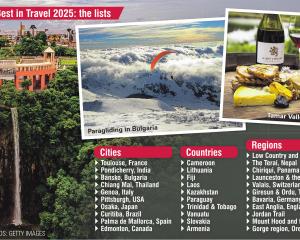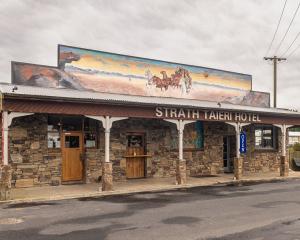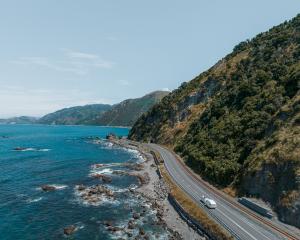It's where East meets West and business is all about talking Turkey. Farming editor Neal Wallace took a look.
Turks are natural hosts and food, drink and gifts are lavished on any visitors, to an extent I have never experienced.
This has probably been going on for some time, as the territory that makes up modern Turkey has been home to seven civilisations dating back more than 3000 years.
Monuments to those who have settled the strategic spit of land between Europe and Asia are everywhere.
The Blue Mosque, not far from Istanbul's Grand Bazaar, the historic commercial centre of Istanbul, dates back to the 17th century and was built under the instructions of Sultan Ahmed I.
It is distinguished by six minarets and blue tilework on its walls, and is one of the city's most important mosques.
It is massive and airy in size and gives an insight to the Islamic faith.
Close by is the equally impressive Aya Sofya Museum.
An ancient Byzantine church built by Justinian I between 532AD-537AD, it was in the 15th century turned into a mosque with the addition of minarets.
It has a 56m-high dome and now operates as a museum and holds Christian and Islamic art.
For 1000 years it was the largest church in the world, and the glory of the Byzantine Empire.
Also nearby is the impressive Topkapi Palace, the first Ottoman palace.
It was built from 1466-1478 by Mehmet II in what was the newly conquered capital of the empire.
It is impressive not just for its views of Istanbul, the Bosphorus Strait and the Sea of Marmara.
The Topkapi Palace has series of gardens and buildings that tell the history of the Ottoman Empire.
Since 1924 it has been a museum housing some of Turkey's, and the world's, most valuable artefacts.
For about 400 years the palace served as the residence of Ottoman sultans, until it was replaced by the Dolmabahce Palace.
At its peak it was home to up to 10,000 people.
Remarkably, given Turkey's susceptibility to earthquakes, these structures have survived intact, apart from a buckled floor - a tribute to early building techniques.
Splitting the city in two and delineating Europe from Asia in the minds of locals, is the Bosphorus Strait.
It links the Black and Marmara seas and is one of the busiest waterways in the world, with cargo ships, ferries and private vessels jockeying for position.
Ships have to be piloted through the narrow 12.5km stretch of water and either end resembles a maritime parking lot.
The shipping movements resemble the chaos on Istanbul's congested roads.
A 90-minute ferry ride across the sea of Marmara is the industrial city of Bursa, home to about two million people, which sits under a mountain range on which olive trees grow.
There appeared to be more conservatively dressed Muslims here, more women wearing headscarves or the full-length burkhas, and at night and early in the morning I was woken by imams calling people to the mosque to pray.
A bustling, industrial city, it is home to Fiat and Renault factories and is also an important textile centre.
Textiles are a huge industry in Turkey, and 15% of production comes from Bursa.
Nearby are small seaside villages which resemble the idyllic Mediterranean scenes.
In the mountains a short drive from Bursa is the 700-year-old Ottoman-settled village of Cumalikizik, where a mountain creek flows down the street as it has for centuries, and where 270 homes, many dating back to its founding, survive.
We had a traditional Turkish breakfast at the Kinalikar restaurant which is in one of the village's original buildings.
Turkish food is a personal favourite, and this meal included delicious gozleme, a hand-made dough with a white cheese filling made the traditional way.
Lunch was at a fish farm restaurant high up in the mountains at the end of a gravel road where there was no electricity.
Cooking is over a wood stove.
The trout are kept in concrete tanks fed by crisp mountain water.
We visited textile, electronic, elevator businesses, bakeries, olive and cherry growers and they all showered us with hospitality and gifts.
And food. It became a standing joke with a fellow Australian visitor that there always seemed to be a plate of food in front of us.
The question was posed whether we were in Europe or Asia.
I sensed, in the cities at least, the Turks think themselves European.
But there is little doubt that Turkey sees itself as strategically placed and intends to make the most of it.
Neal Wallace visited Turkey with the assistance of Tuskon Asia Pacific Foreign Trade Bridge conference organisers and the Pearl of the Islands Foundation.
















